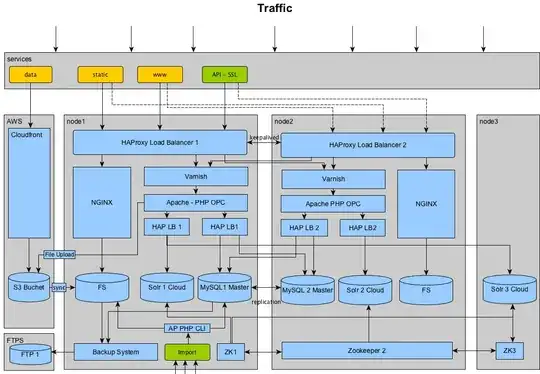Suppose I have some web applications & also some desktop applications running on a server in production environment.
In production environment, even a single minute downtime is not tolerated. Currently I know only about HA Cluster system which is used for this purpose. I would like to if this is the only way to prevent system shutdown or apart from this are there any other ways used ?
What does big companies like google use for High Availability since they also wont tolerate even a single second down time?
Thanks
